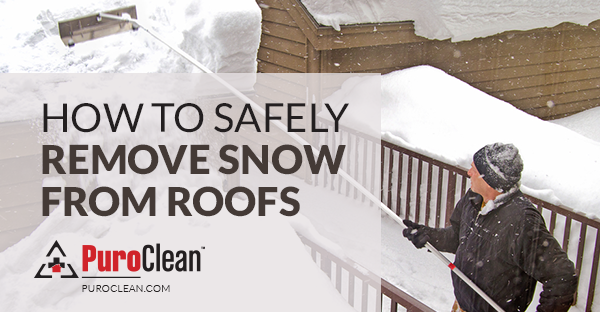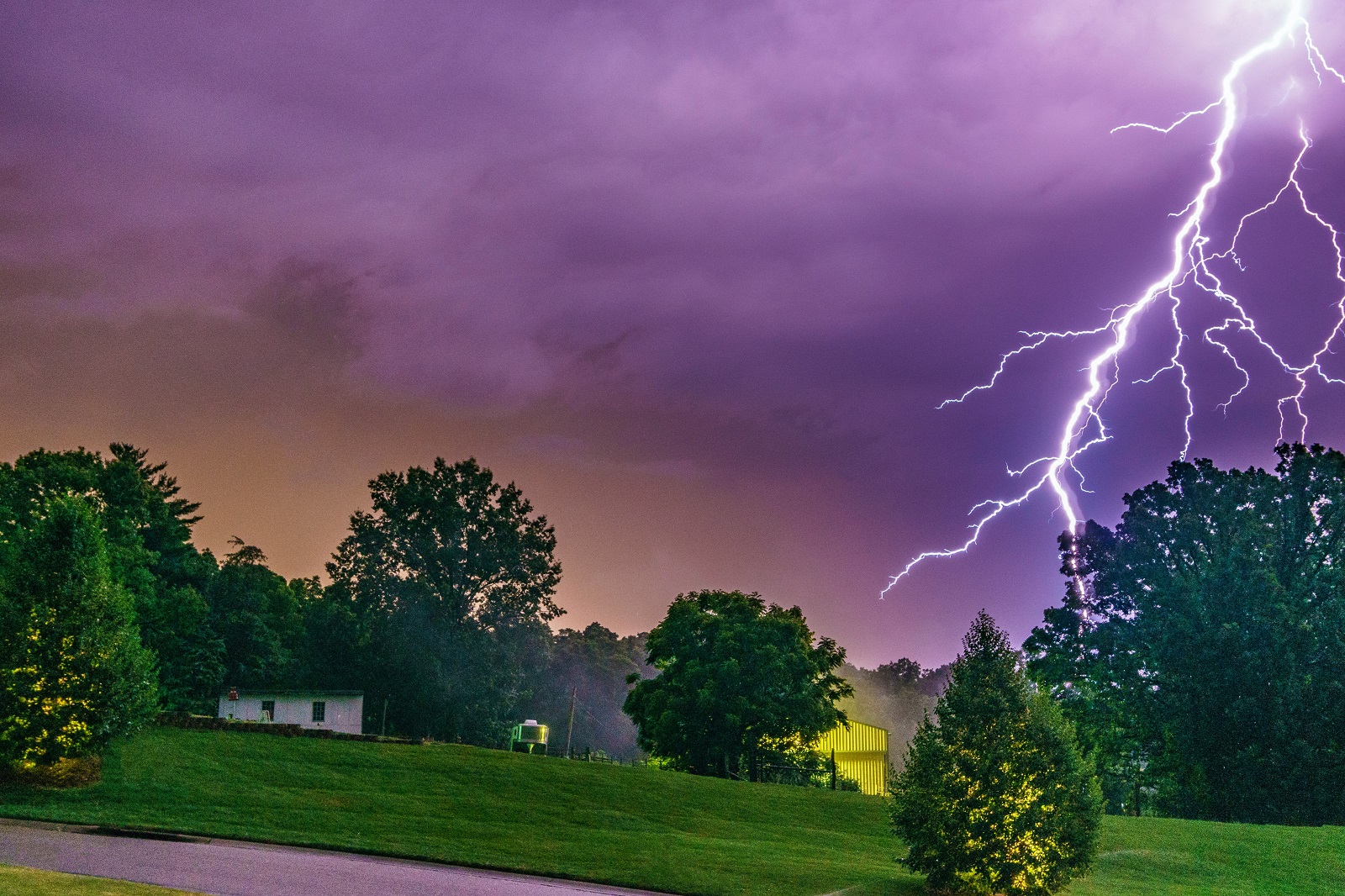 Even though most building codes require that residential roofs support the biggest snowfalls in your area, there is still a risk of roof damage. The main reasons to clear the snow from roofs is to prevent ice dams (which can lead to property damage caused by leaks) and cave-ins. Here is what you can do if you decide to remove the snow on your roof:
Even though most building codes require that residential roofs support the biggest snowfalls in your area, there is still a risk of roof damage. The main reasons to clear the snow from roofs is to prevent ice dams (which can lead to property damage caused by leaks) and cave-ins. Here is what you can do if you decide to remove the snow on your roof:
- In general, to prevent big piles, snow on roofs should be removed when it’s about 6 inches deep.
- Make sure you leave at least 2 inches of snow on the roof to avoid serious damage to the roof covering and additional damage.
- If you live in a one-story home, stay on the ground and use a rake with a telescopic handle. For taller homes, use the rake to clear the overhangs.
- Be careful not to hit any overhead power lines when raking the roof.
- If using a rake is inefficient, the snow needs to be shoveled by someone on the roof. However, don’t try to tackle this dangerous job by yourself. Hiring a licensed contractor is the safest way to go.
- If you’re determined to shovel the snow yourself, make sure your ladder is stable and use a safety harness on the roof. For sloped roofs, start shoveling at the ridge and move toward the eaves.
- Never use mechanical equipment specialized in snow removal. Using these tools increases the risk of damaging your roof.
- Don’t put salt or salt products on the roof. Although salt is a natural enemy to ice and snow, it can also discolor shingles and kill the vegetation the melted snow falls upon.
- Dispose of the snow in designated areas on the ground, away from walkways. Don’t dump the snow near building exits, ventilation exists or drain downspouts.
If you’re interested on how to protect the rooftops of commercial buildings from snow, take a look at these tips. For professional fire, water and mold restoration services, contact your local PuroClean office.



 PuroClean of Massapequa
PuroClean of Massapequa